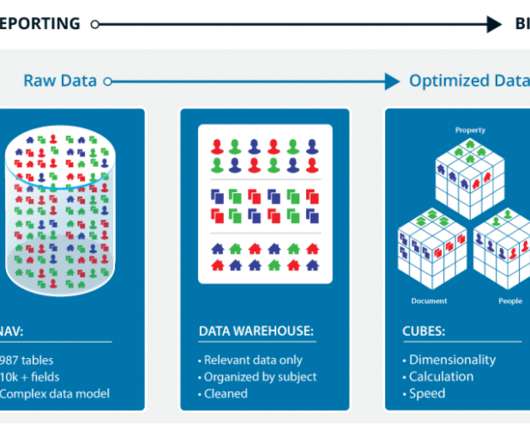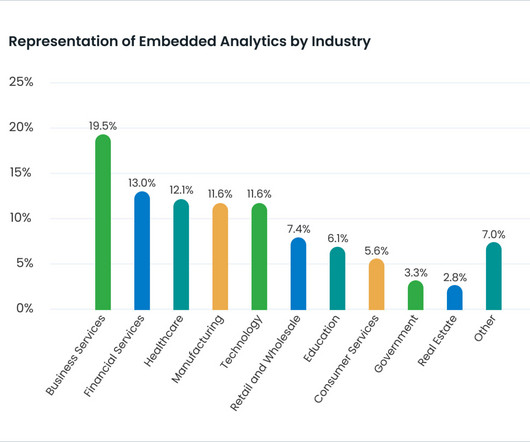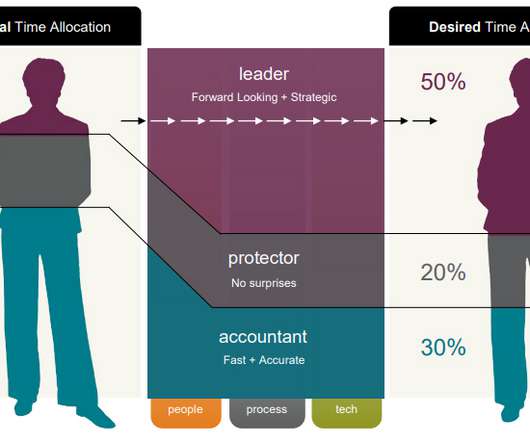Reporting Analytics vs. Financial Reporting: Is There a Difference?
Jet Global
OCTOBER 26, 2021
These reports present information in summary format with relatively little detail or at a more granular level in which you itemize information into smaller expense and revenue categories. In contrast with financial reporting, analytics tends to cast a much wider net in terms of its overall purpose and objectives.

















Let's personalize your content